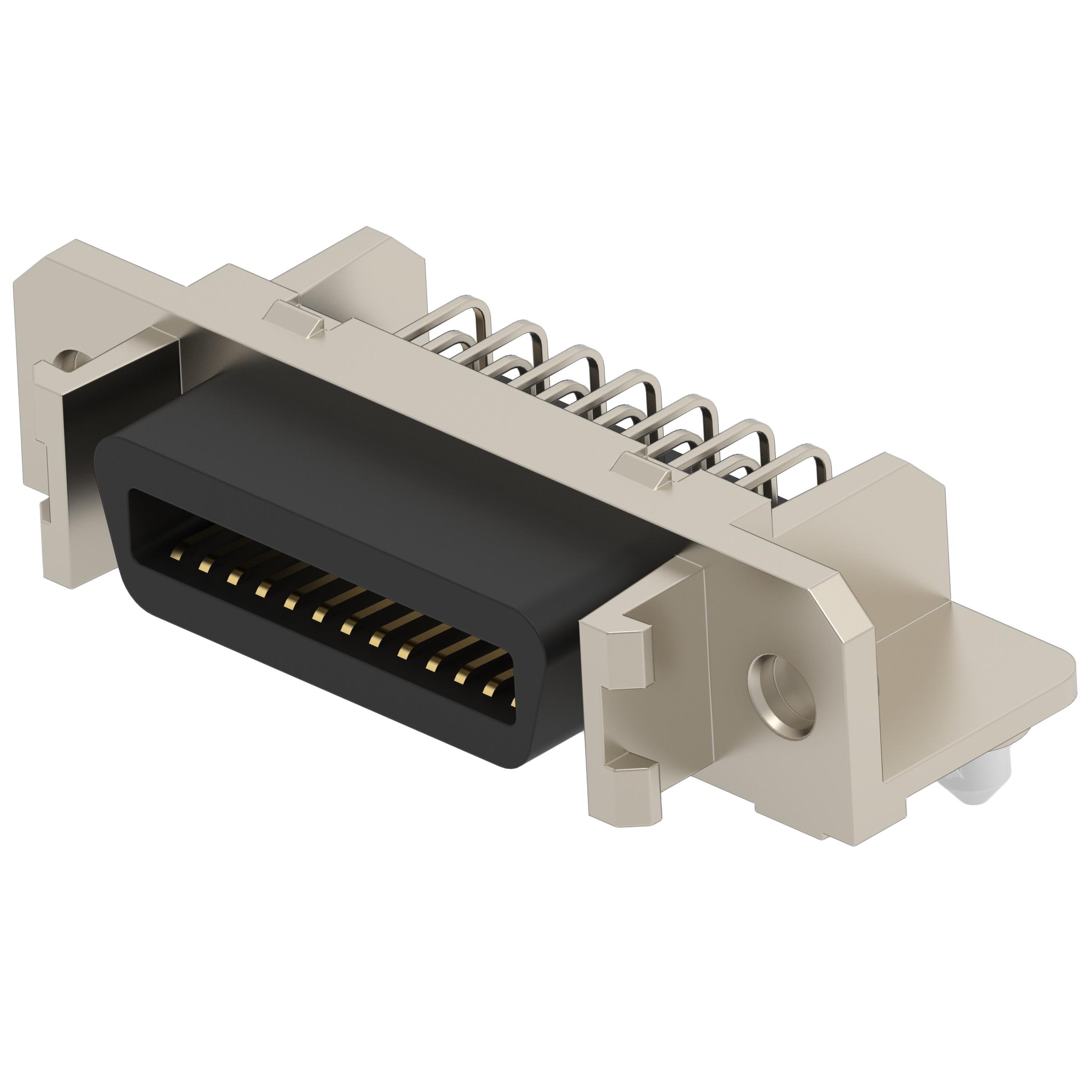SCSI Series, Centronics Connectors
Results:
6
Manufacturer
Series
Number of Positions
Number of Rows
Connector Style
Connector Type
Contact Finish Thickness
Termination
Features
Flange Feature
Mounting Type
Type
Contact Finish
Results remaining:6
Applied Filters:
SCSI
About Centronics Connectors
The products in this particular family are interconnect devices primarily utilized for wire-to-board connections in data applications. They feature a unique combination of a D-shaped shroud, reminiscent of the design found in D-subminiature connectors, along with an inner contact set that bears similarities to a card edge interconnect scheme. This connector style gained prominence during the late 20th century and was widely employed for connecting printers, as well as other peripheral devices, to computers. The D-shaped shroud provided mechanical stability and ensured proper alignment during mating, while the inner contact set facilitated reliable electrical connections. The design of these connectors made them suitable for high-speed data transmission and allowed for easy installation and removal. They offered a secure and robust connection, minimizing the risk of signal loss or interruptions. Although their popularity decreased with the advent of newer technologies and connector designs, this particular style of connector played a significant role in the development of data connectivity during the late 20th century. Its legacy can still be seen in some retro computing systems and legacy devices. In summary, the interconnect devices in this family are known for their wire-to-board connections in data applications. They combine a D-shaped shroud similar to D-subminiature connectors with an inner contact set resembling a card edge interconnect scheme. These connectors were commonly used for connecting printers and peripheral devices to computers during the late 20th century, providing reliable and stable connections for data transmission.



